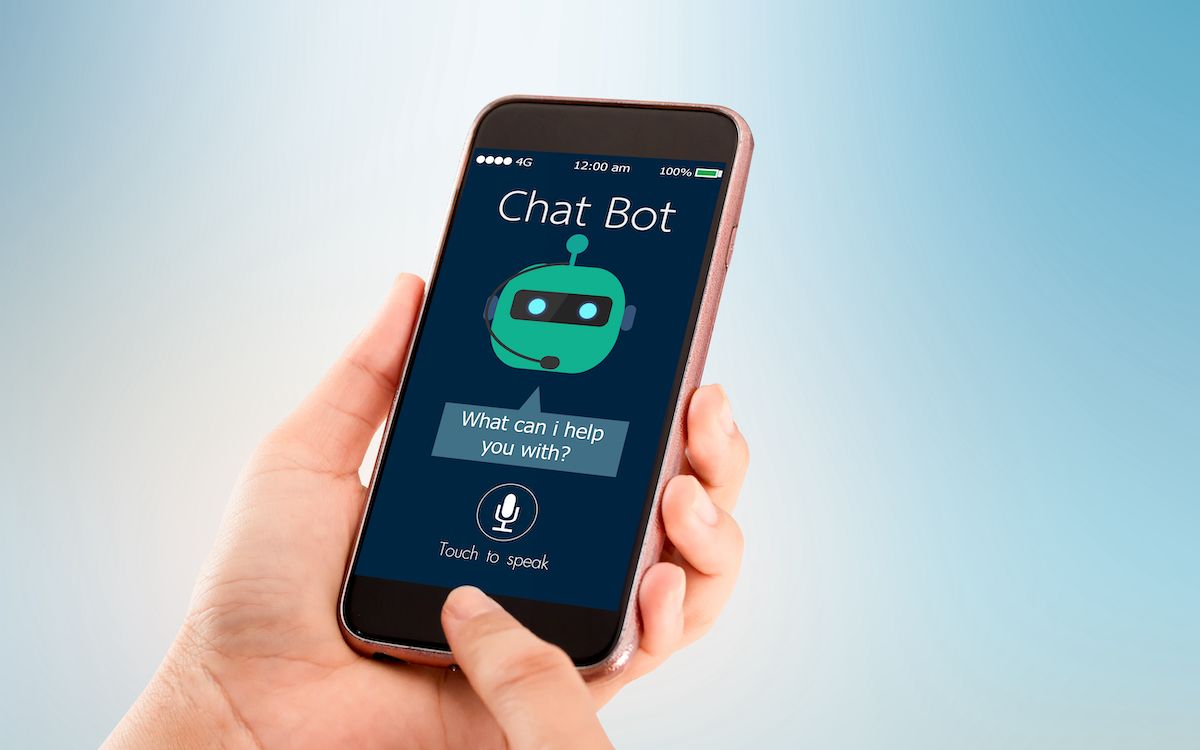
If you knew of a way to make more money with less effort, wouldn’t you try it? It doesn’t require adding more products to your store or spending thousands of dollars on an elaborate marketing campaign. In fact, you can start for free with just a little bit of work up front.
On today’s blog, we’re talking about the fascinating world of chatbots. Chatbots are programs that let you automatically respond to human inquiries about your products. And you’ve probably encountered one and didn’t even know it. If you haven’t yet implemented a chatbot for your brand, it’s about time you did. Here are five ways chatbots help ecommerce merchants like you increase revenue and productivity.
1. Automate Sales
A chatbot takes user input, analyzes it, identifies intent, and composes a reply, all on its own. Today’s chatbots are only getting more sophisticated. Using natural language processing (NLP) and AI, they learn to speak conversationally and get better at it the more they’re used. You can think of a chatbot as an extension of your sales team. They know your products inside out—and you can teach them to know your customers the same way.
More and more business owners are using chatbots to prequalify leads. For example, you can ask about what products a user is looking for. Depending on their answer, you can automatically enter that potential customer into the right sales funnels showing only products relevant to their query. Using the same principle, you can automate appointment bookings, order status updates, and shipment tracking.
2. Improve Customer Service
Haven’t you always wanted a personal assistant with 24/7 availability? With a chatbot, you’ll free up time spent answering the same questions over and over again. Think of the questions you often get asked about your products. You can input those questions and answers into your chatbot’s dialogue so that every time a related inquiry comes through, the question is answered automatically. You’ll reduce the customers’ wait time and allow them to find their way to the right product much faster. Once you program commonly asked questions into your chatbot program, you’ll see results (a.k.a. time savings) instantly.
A chatbot, however, will not replace your customer service department entirely. Some questions just can’t be answered as easily as others. Program your chatbot so that it knows when to pass a conversation on to a real team member through a “chat with a live agent” feature.
3. Offer Multi-Language Support
It doesn't take scientific research to know that we relate more to product descriptions we understand. For merchants who sell internationally, don’t forget about customers who speak another language. No, you don’t have to translate your entire website into a different language (Google can do that already, by the way). But you should consider implementing a chatbot that supports multilingual conversations. This is one of the easiest ways to expand to new markets.
4. Identify Demand
Once you’ve had a chatbot running on your site for a few weeks, you can generate a report of interactions and most common questions to help identify demand across your products. There’s no guessing here as the report quite literally tells you what customers are looking for when they land on your site.
Once you do identify in-demand products, you can set up personalized welcome messages for returning visitors. Something like: “Great to see you again, [first name]! The [product] you were eyeing is now on sale. Check it out [link to product].”
5. Spend Less Time on Social Media
A number of social media platforms offer built-in chatbot functionality that lets you program frequently answered questions and related answers right from your admin dashboard. Facebook even lets you add its Messenger chat as a plugin on your website for free. With this tool, you can manage all inquiries within your business Facebook page. Talk about a seamless cross-platform experience.
This chatbot software takes those built-in features up a notch and lets you use chatbots to grow your audience, increase engagement, and enter social media followers into sales funnels. Does your product often get mentioned in stories? Auto-respond with a thanks or a special offer to build loyalty and encourage repeat purchases.
Do be aware that social media chatbots tend to be less robust than standalone chatbots that use NLP and AI to understand both the content within and intent behind a user inquiry.
In Conclusion
Today’s chatbots are far from robotic. Like any new team member, they can be trained on your products and even your business model. They’ll save you time and money. Want to try one out for free? Here’s a list of 73 of the top chatbot softwares offering their products for free or via a free trial.











